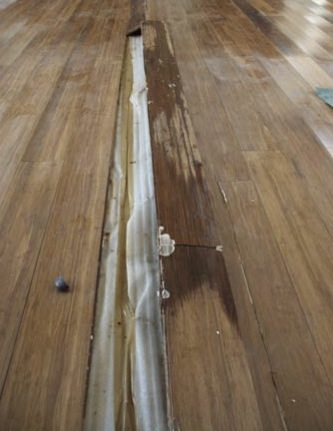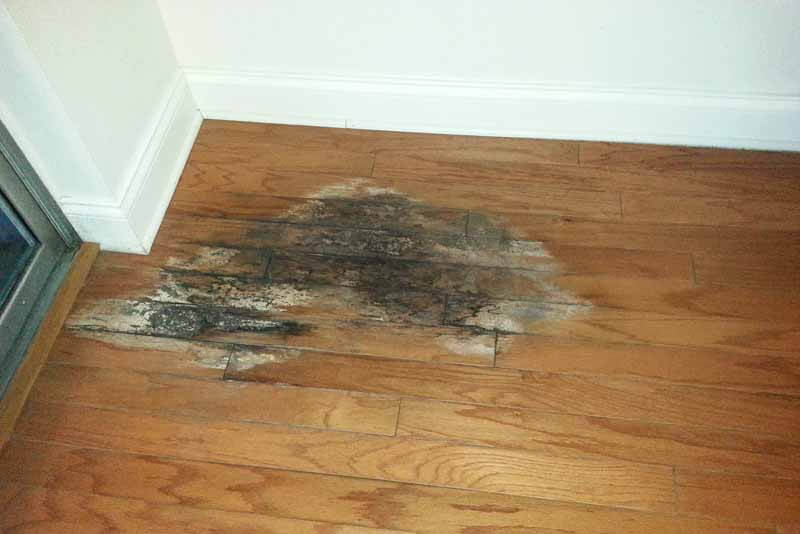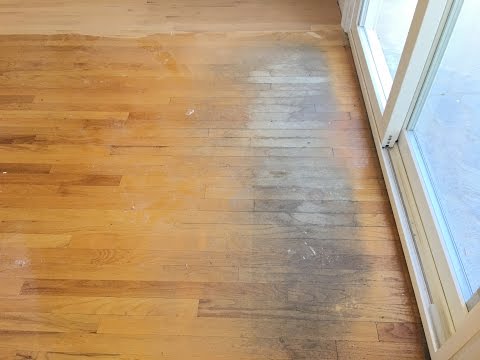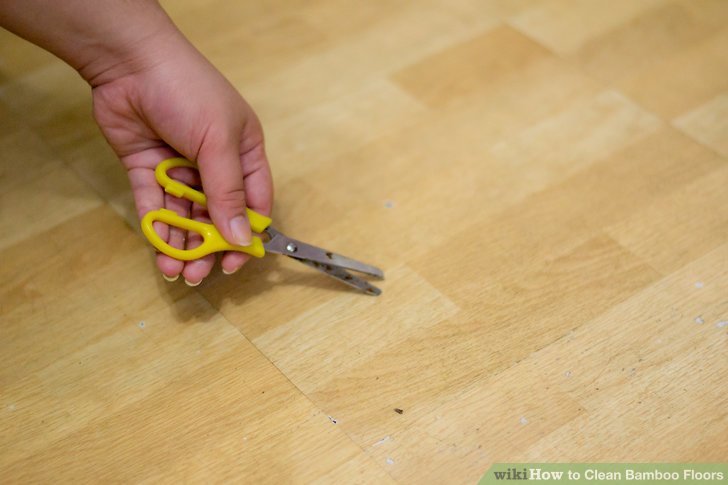Water damage can wreak havoc on any type of flooring, including bamboo. Bamboo flooring, known for its durability and eco-friendliness, is not impervious to the effects of water. Whether it’s a minor spill or a major flood, water damage can cause warping, discoloration, and even mold growth in bamboo flooring. In this comprehensive guide, I will walk you through the process of repairing water-damaged bamboo floors, helping you restore their beauty and prolong their lifespan.
Assessing the Extent of Water Damage
When dealing with water damage, it’s crucial to assess the extent of the damage before proceeding with repairs. Start by identifying the source of the water and fixing any leaks or moisture issues to prevent further damage. Carefully examine the affected areas of your bamboo flooring to determine the severity of the water damage. Look for signs of warping, discoloration, swelling, or mold growth. This assessment will help you decide whether you can tackle the repairs yourself or if you should seek professional assistance.
Drying the Bamboo Flooring
The first step in repairing water-damaged bamboo flooring is to thoroughly dry the affected areas. Begin by removing any standing water using towels, mops, or wet vacuums. Ensure proper ventilation by opening windows, and using fans, or dehumidifiers to promote airflow and expedite the drying process. It is essential to remove moisture completely to prevent the growth of mold or mildew. Allow ample time for the bamboo flooring to dry before proceeding to the next step.
Sanding and Refinishing
Once the bamboo flooring is completely dry, you can proceed with sanding and refinishing to restore its original appearance. Start by gently sanding the damaged areas using fine-grit sandpaper or a floor sander. This will remove any remaining stains, discoloration, or rough patches caused by water damage. Make sure to sand along the grain of the bamboo to achieve a smooth and uniform surface. After sanding, thoroughly clean the floor to remove any dust or debris.
Next, apply a high-quality bamboo floor finish or sealer to protect the flooring and enhance its durability. Follow the manufacturer’s instructions for application, ensuring an even coat across the entire floor. Allow the finish to dry completely before stepping on the floor or moving furniture back in place.

Dealing with Mold and Mildew
If you discover mold or mildew growth on your water-damaged bamboo flooring, it’s essential to address it promptly to prevent further damage and potential health hazards. Mix a solution of water and vinegar or a commercial mildew cleaner, following the recommended ratios. Using a soft brush or sponge, gently scrub the affected areas to remove mold or mildew stains. Take precautions to protect yourself by wearing gloves, a mask, and adequate ventilation.
After cleaning, thoroughly dry the area and ensure it remains well-ventilated to discourage future mold growth. If the mold infestation is extensive or persistent, it’s advisable to consult a professional mold remediation specialist to ensure safe and thorough removal.
Preventative Measures for Future Protection
Once you’ve repaired your water-damaged bamboo flooring, it’s crucial to take preventative measures to avoid future damage. Here are some tips to help protect your bamboo floors from water damage:
- Wipe up spills immediately: Promptly clean up any spills or moisture to prevent water from seeping into the bamboo flooring.
- Use rugs or mats in high-risk areas: Place rugs or mats near sinks, entrances, or areas prone to water exposure to create a barrier and absorb excess moisture.
- Maintain proper humidity levels: Bamboo flooring is sensitive to changes in humidity. Use a humidifier or dehumidifier to maintain optimal humidity levels in your home.
- Avoid excessive moisture: Refrain from wet mopping bamboo flooring. Instead, use a slightly damp mop or a specially formulated bamboo floor cleaner.
- Conduct regular inspections: Regularly check for signs of water damage or leaks in your home to catch potential issues early and prevent extensive damage.
Water damage to bamboo flooring can be disheartening, but with the right knowledge and steps, you can restore your floors to their former glory. By assessing the damage, thoroughly drying the affected areas, sanding and refinishing, addressing mold and mildew, and implementing preventative measures, you can ensure the longevity and beauty of your bamboo flooring. Remember, if the damage is extensive or beyond your expertise, don’t hesitate to seek professional assistance. With proper care and maintenance, your bamboo floors will continue to provide a stunning and sustainable foundation for years to come.
How to Deal With Water Damage to Your Wood Floors
Can Bamboo Floors Get Wet? Tilen.space
Water-Damaged Floor – 4 Tips to Help You Recover
How To Fix a Water Damaged Timber or Bamboo Floor
A Quick and Easy Way to Repair Buckled Hardwood Flooring
7 Steps To Prevent Water Damage To Hardwood Floors Emergency101
Restoring Bamboo Furniture and Floors that Have Suffered Water
Related Posts:
- Decorating With Bamboo Floors
- Brown Bamboo Flooring
- Solid Strand Bamboo Flooring
- How To Clean Bamboo Hardwood Floors
- Stranded Bamboo Flooring
- Light Bamboo Flooring
- Different Types Of Bamboo Flooring
- DIY Bamboo Flooring
- Red Bamboo Flooring
- Crushed Bamboo Flooring






